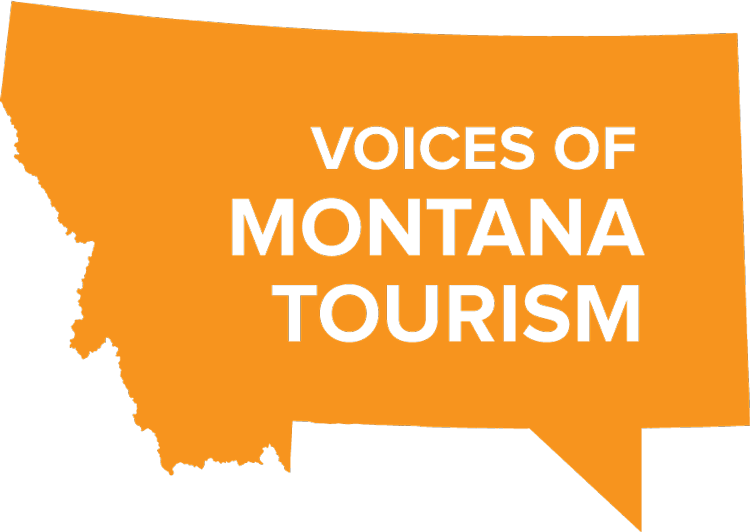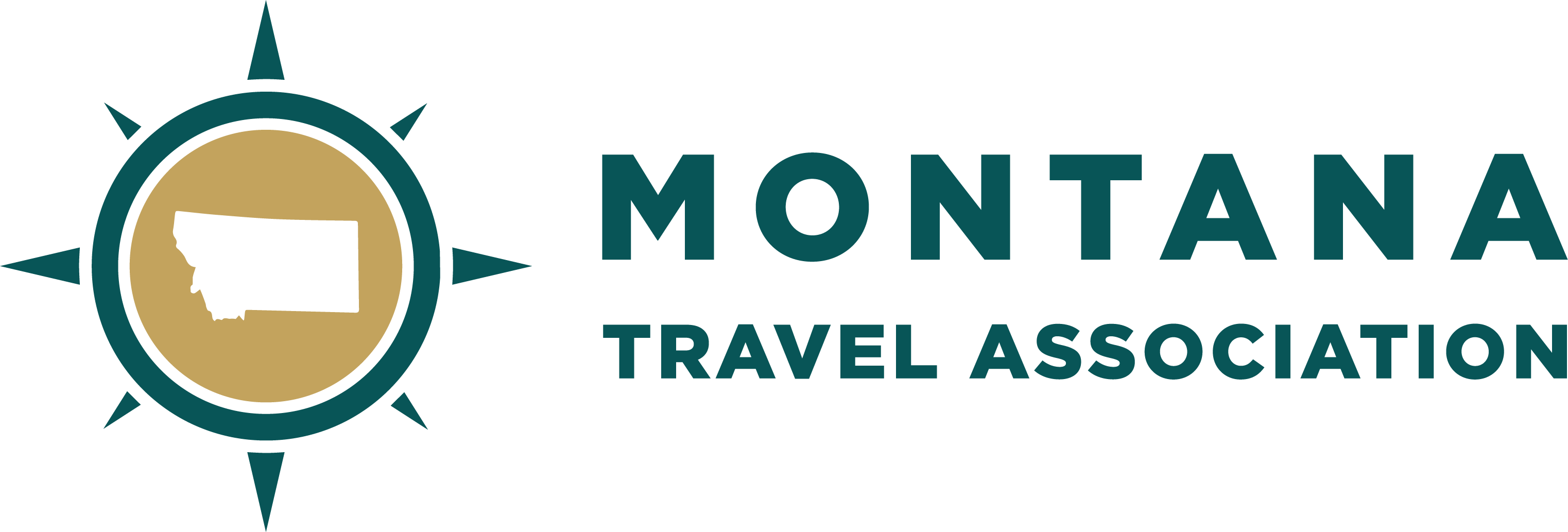The Wild Animals of Glacier Country
One of the things we cherish most about Western Montana is our wildlife—the wild animals we share our wilderness with and have nothing but respect for. Our diverse habitat is one of the most intact ecosystems in the lower 48 states and home to at least 19 large mammals and almost 100 small ones. You'll never find them all—some are pretty elusive—but you could certainly try. For starters, head to Glacier National Park for a safe-distance close-up of a mountain goat or to hear an elk bugle during the fall rut. Visit the CSKT Bison Range to see 300 to 500 bison, as well as deer, antelope and bighorn sheep. Spotting a grizzly in the backcountry is a possibility, and best done with proper knowledge of wildlife and bear safety.

Spring Seven: Western Montana’s Must-Do List
Dive into the season with our exclusive "Spring Seven" list—a treasure trove of must-do experiences that prove spring in Montana is the perfect time to visit.

Wildlife Safety
Wildlife is just that—wild. It's important to act responsibly around wildlife, and it's also vital that, while recreating in the area, we help preserve and enhance wildlife habitat by practicing Leave No Trace principles. Given the COVID-19 pandemic, please be extra vigilant about not adding additional stress to our essential workers, like park personnel and first responders. That means staying safe and keeping others, including wildlife, safe as well.
- View wildlife from the safety of your car or from a safe distance. Stay at least 100 yards away from bears and at least 25 yards away from other large animals.
- Never approach, touch or feed wildlife, even when an animal does not seem to be threatened by your presence.
- Let wildlife know you're nearby. When hiking, be sure to bring a friend, carry bear spray, stay on designated trails and make noise at regular intervals.
Good to Know
Dawn and dusk are the best times to see wildlife, especially during the summer months. Western Montana is wild: Keep in mind that you can see wildlife anywhere in the region. When recreating outdoors, be sure to practice proper outdoor safety to ensure your wildlife encounters are positive.
Montana Wildlife, Mammals, Fish and Critters
Glacier Country is a birder's paradise boasting more than 200 species of birds. Check out our birding page for more info.
The larger mammals who make their home here include grizzly bears, lynx, black bears, moose, wolverines, mountain lions, bighorn sheep, elk, mule deer, white-tailed deer, coyotes and wolves. The region is also home to badgers, beavers, otters, porcupines, mink, bats and more. Visit Montana Fish, Wildlife & Parks for more on Montana's wild things.
Our streams, rivers and lakes are home to a variety of fish, including bull trout, lake trout, brook trout, cutthroat trout, rainbow trout, whitefish, bass and pike. (Please note, bull trout are a threatened species, so please practice catch and release for bull trout, and for brook trout if you can't tell the two species apart.) For more, check out our information on fishing in Glacier Country page or visit Montana Fish, Wildlife & Parks.
Western Montana is also home to a variety of insects, including centipedes, millipedes, beetles, spiders, moths, to name a handful. During late summer, grizzly bears feast on moths living under loose rocks on steep mountainsides. Read the National Park Service's entry on insects, spiders, centipedes and millipedes for more information on this complex habitat in Glacier National Park.
Recreating in Bear Country
It's important to remember that we share the land with wild animals. Many grizzly and black bears travel the forests, trails and terrain of Glacier Country. Grizzly bears are identified by a distinctive hump on their shoulders. Typically, their coats are dark brown, but can vary from very light cream to black. Grizzlies weigh between 400 and 1,500 pounds and can stand up to 8 feet tall on their hind legs. They also move very quickly and can reach speeds of up to 35 miles per hour. When recreating in bear country, it's important to follow and practice certain rules and guidelines.
- Stay 100 yards away from bears at all times. If you encounter a bear, never approach it. Back away slowly and leave the area.
- Carry bear spray and know how to use it. Be prepared to deploy it immediately.
- Hike in groups of three or more people.
- Don't hike at dawn, dusk or at night, when grizzlies are most active.
- Don't use perfumes or scented body lotions.
- Be aware of your surroundings at all times and look for bear signs. Most bears prefer to avoid people. When hiking, be sure to make noise, such as clapping, whistling or singing, so bears and other wildlife know you're coming.
- If you see a decomposing animal carcass or smell a strong odor, be sure to give a wide berth to the area, as bears are attracted to these smells.
- Read signs at trailheads and stay on trails. Be especially careful around creeks and in areas with dense brush.
- Never enter a closed trail.
- Camp in designated camping areas.
- Maintain a clean campsite. Follow food storage orders. Be sure to store food in a bear-proof canister or hang it between trees at a height unreachable by bears.
- Be sure to pack out all garbage. Remember, even if it's an organic or biodegradable item—like an orange peel, apple core or cherry pit—it is not native to the forest and takes a long time to decompose. Plus, these are not foods animals find in their natural habitat and they can become sick if they eat them.
- Bear Encounters: Once a bear has noticed you and is paying attention to you, additional strategies can help prevent the situation from escalating. Read more from the National Park Service about bear encounters here.
- Remember that bears will fiercely defend their cubs. Don't come between a cub and a sow.
Read more about bear safety from Be Bear Aware.
Additional Links and Resources











